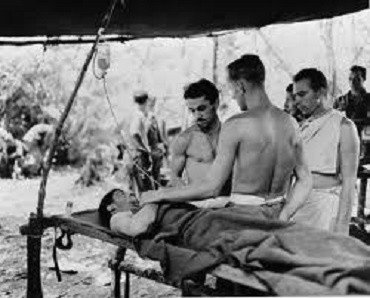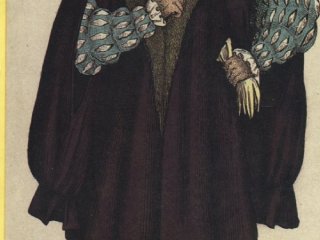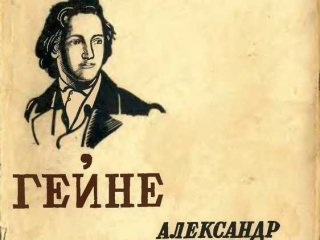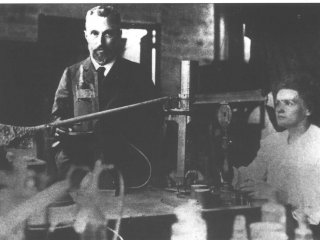
Even ancient philosophers contemplated on blood and its importance in the treatment of diseases. But they did not move beyond bloodletting – they lacked knowledge. The idea of rejuvenation had to be abandoned: Pope Innocent VIII tried to transfuse the blood of young people, but all of them died: both the Pope and the young donors. At the beginning of 17th century, William Garvey made humanity happy with the theory of blood circulation and the experimental evidence of its correctness. The ideas of transfusion arose again. They tried it on dogs – and it was a success. So, they switched to people: on June 12, 1667, Jean-Baptiste Denis, Louis XIV's court doctor, and the surgeon Emeretz successfully transfused the blood of a lamb to a 15-year-old boy. But why did they choose mute cattle as a donor? It was believed that animals were not subject to human vices, “they do not spoil their health either by excessive eating or drinking, or by strong passions.” There was, however, another point of view: the German surgeon Volkman argued that three rams were needed for the transfusion: the donor, the patient and the doctor. After the successful procedure, Dr. Denis had several tragedies in a row, patients died, and hemotransfusion, as blood transfusion is called scientifically, was prohibited by law for many years. Later it will still take its place in the arsenal of therapeutic means. But that will happen only in the 20th century, when Karl Landsteiner discovers blood groups.























